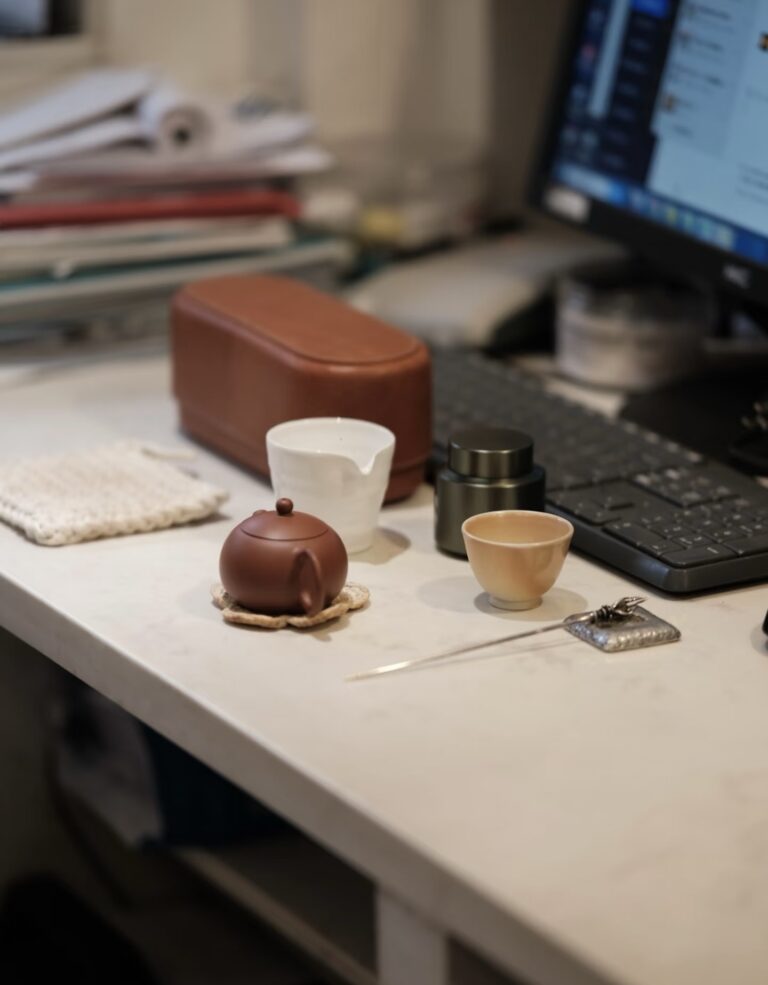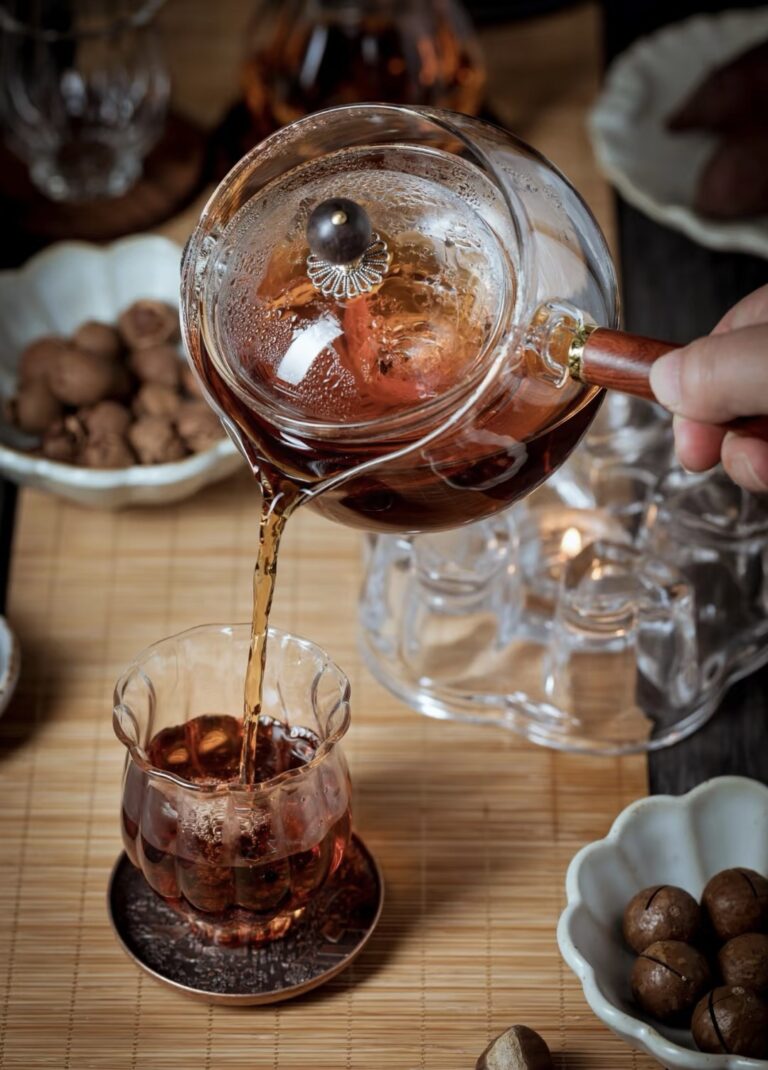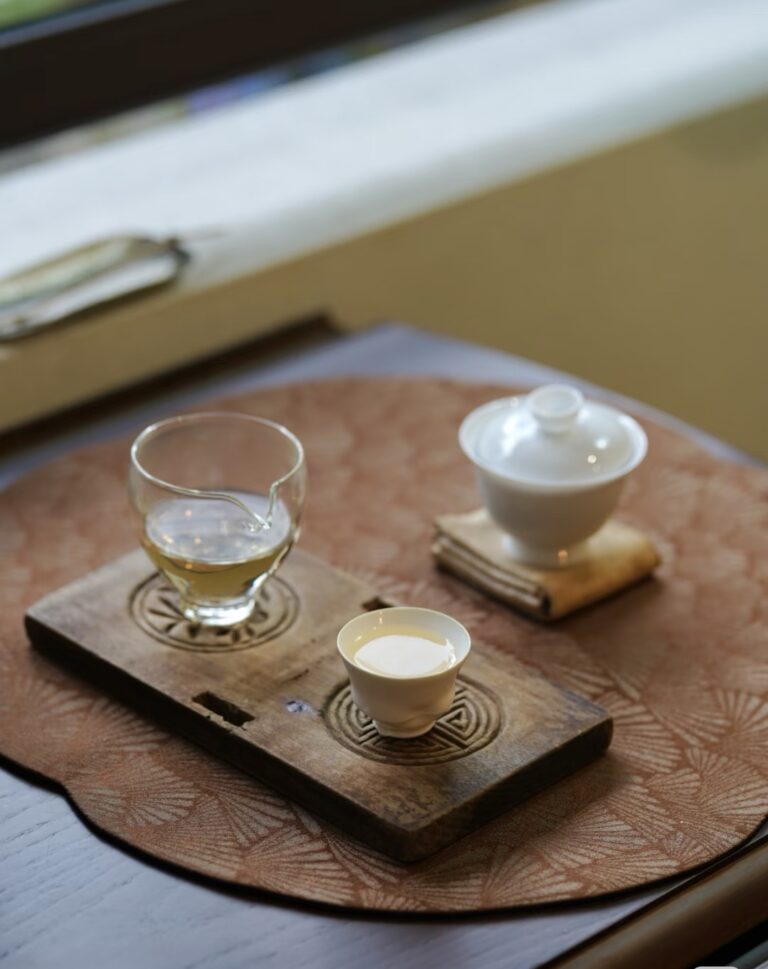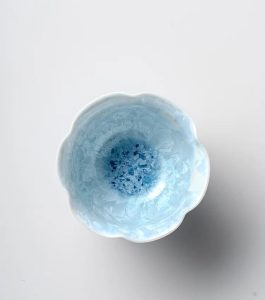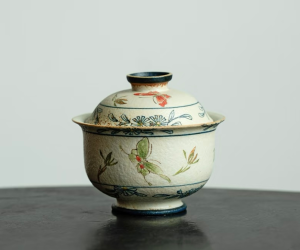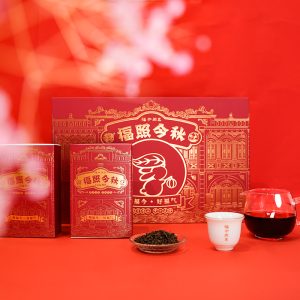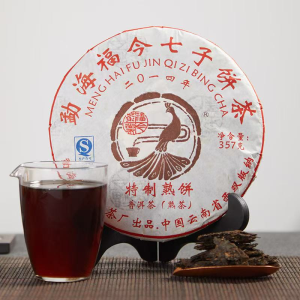
In the world of fine teas, few categories inspire the same level of passion and investment as rare Pu-erh tea varieties. Among tea connoisseurs, these exceptional teas are not merely beverages but collectible treasures that appreciate in value over time while offering increasingly complex flavor profiles. At the pinnacle of this exclusive world stands Ban Zhang Pu-erh tea, often referred to as the “King of Pu-erh” – a legendary variety that commands extraordinary prices and devotion from collectors worldwide. This article explores the fascinating realm of rare Pu-erh tea varieties, with special focus on the coveted Ban Zhang and other exceptional teas that represent the height of Chinese tea craftsmanship.
What Makes a Pu-erh Tea Variety Rare?
Not all Pu-erh teas are created equal. Several critical factors contribute to a variety’s rarity and prestige:
Limited Production Regions and Specific Terroir
The most prized Pu-erh teas come from specific mountains and villages in Yunnan Province, China. Each location imparts unique characteristics to the tea through its soil composition, elevation, microclimate, and surrounding biodiversity. These environmental factors create what the French call “terroir” – the complete natural environment that gives a tea its distinctive character.
Ancient Tea Trees vs. Plantation Tea
Truly rare Pu-erh varieties come from ancient tea trees (gu shu), some hundreds or even thousands of years old. These trees produce leaves with significantly more complexity and depth than plantation bushes. Their deep root systems access minerals and nutrients unavailable to younger plants, resulting in teas with extraordinary depth and character.
Traditional Production Techniques
The finest rare Pu-erh teas are still crafted using traditional methods that have remained largely unchanged for centuries. Hand-picking, careful sun-drying, and meticulous processing all contribute to the tea’s quality and rarity. The expertise required for these techniques is becoming increasingly scarce in our modern world.
Limited Availability and Market Demand
By definition, rare teas are produced in small quantities. When combined with growing global demand, this limited supply creates both scarcity and prestige, driving prices to remarkable heights for the most sought-after varieties.
Ban Zhang Pu-erh: The Crown Jewel
Geographic Location and Unique Terroir
Ban Zhang is a small village located in the Bulang Mountains of Xishuangbanna, Yunnan Province. The area’s unique combination of high elevation, mineral-rich soil, biodiversity, and climate creates perfect conditions for exceptional tea. The region’s ancient forests provide natural shade and ecological diversity that contribute to the tea’s distinctive character.
Historical Significance and Reputation
For centuries, Ban Zhang has been revered for producing some of China’s finest teas. Historical records mention the area’s exceptional tea quality dating back to the Ming Dynasty. This long-standing reputation has cemented Ban Zhang’s status as the most prestigious Pu-erh producing region.
Distinctive Flavor Profile
Ban Zhang Pu-erh is immediately recognizable to experienced tea connoisseurs. It offers an intense, powerful flavor profile characterized by:
•Exceptional bitterness that transforms into lingering sweetness (known as “hui gan”)
•Powerful astringency balanced by remarkable smoothness
•Distinctive camphor and medicinal notes
•Unparalleled thickness and viscosity in the mouth
•Extraordinary aroma complexity
•Remarkable aging potential
The proper brewing techniques are essential to fully appreciate these characteristics.
Premium Pricing and Investment Value
Ban Zhang commands the highest prices in the Pu-erh market, with authentic aged cakes selling for thousands of dollars. The investment potential is significant, as properly stored Ban Zhang tea continues to appreciate in value while developing increasingly complex flavors. Understanding proper storage techniques is crucial for preserving this investment.
Authentication Challenges
Due to its premium status, Ban Zhang is unfortunately subject to counterfeiting. True Ban Zhang tea comes specifically from Ban Zhang village proper, not surrounding areas that sometimes borrow the name. Authentication requires expertise in leaf appearance, aroma, and taste characteristics that can only be developed through experience.
Other Notable Rare Pu-erh Varieties
While Ban Zhang reigns supreme, several other rare Pu-erh varieties deserve recognition:
Lao Ban Zhang’s Neighbors
Lao Man’e produces intensely bitter teas that transform beautifully with age. The bitterness, considered a positive attribute, eventually develops into exceptional sweetness.
Bing Dao ancient tree teas offer a more balanced profile with remarkable complexity and a distinctive honey-like sweetness that complements their moderate bitterness.
Yi Wu Mountain Ancient Tree Pu-erh
Yi Wu mountain teas represent a different style of premium Pu-erh, characterized by elegance rather than power. These teas offer floral notes, honey sweetness, and a distinctive “orchid fragrance” prized by collectors seeking refinement over intensity.
Limited Edition and Commemorative Productions
Beyond specific regions, certain limited productions from established factories like Dayi, Xiaguan, and Zhongcha have become highly collectible. Anniversary editions, special recipes, and commemorative pressings often appreciate significantly in value.
Collecting and Investing in Rare Pu-erh Teas
Value Appreciation Factors
When investing in rare Pu-erh varieties, consider:
•Authenticity and provenance
•Age and storage history
•Production region and specific village
•Ancient tree vs. plantation material
•Limited production numbers
•Factory reputation and historical significance
Authentication Tips
To avoid counterfeit products:
•Purchase from reputable vendors with direct sourcing relationships
•Learn to recognize the sensory characteristics of authentic teas
•Understand pricing expectations (if it seems too good to be true, it likely is)
•Request documentation of provenance when available
•Develop your palate through comparative tastings
FONG’S TEA Premium Selections

At FONG’S TEA, we’re proud to offer carefully authenticated rare Pu-erh varieties:
Our 2023 Fu Jin Ban Zhang No.9 Raw Pu Erh Tea Cake represents the pinnacle of our collection. Sourced directly from Ban Zhang village and produced from verified ancient tree material, this tea embodies all the classic characteristics that make Ban Zhang legendary.
For beginners new to Ban Zhang Pu’er tea, we thoughtfully offer a Ban Zhang Pu Erh Tea Sampler, allowing you to explore and learn more effectively at a lower cost.
The right brewing teaware is essential. These treasures—that’s why we recommend our Yixing teapot, specifically designed for brewing fine Pu’er tea.
Conclusion
Rare Pu-erh tea varieties, with Ban Zhang at their pinnacle, represent the fascinating intersection of gastronomy, culture, and investment. These exceptional teas offer both immediate sensory pleasure and long-term appreciation potential. Whether you’re a seasoned collector or just beginning to explore the world of fine teas, understanding these rare varieties opens the door to one of the most rewarding aspects of Chinese tea culture.
The journey into rare Pu-erh varieties is one of continuous discovery and appreciation. As you develop your palate and knowledge, the subtle differences between these prestigious teas become increasingly apparent and meaningful. We invite you to explore this fascinating world, where each cup tells the story of specific mountains, ancient trees, and centuries of tea tradition.

